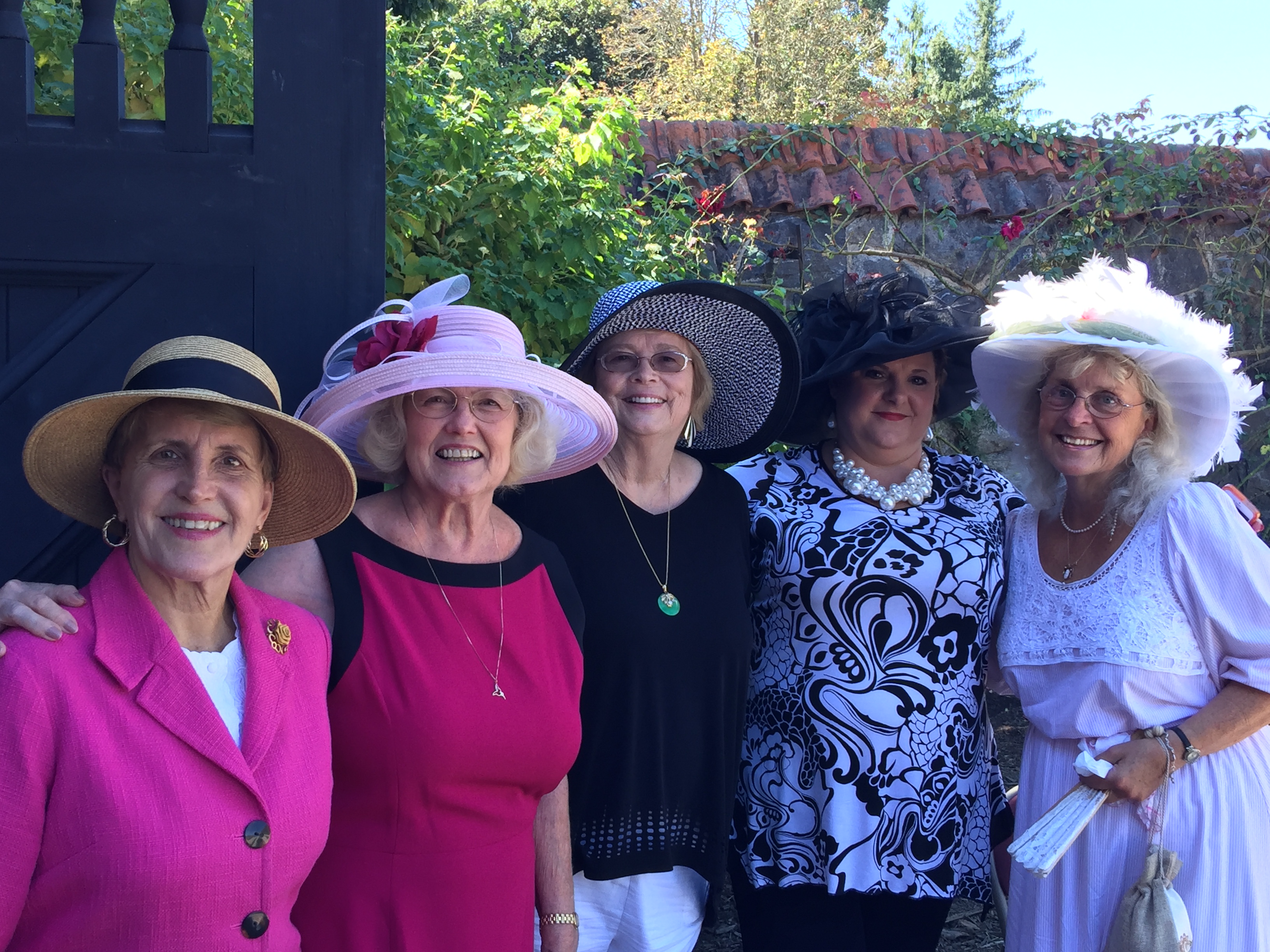As we went through from one galley to the next, each item of interest was showcased with enough space around it to allow it to be seen from at least 3 sides, and the informative placards were repeated on all sides at both top and bottom so no matter where you were standing it was easy to read about the display. I was using my wheelchair because of the great amount of walking required and appreciated the multiple placement. In addition, we rented audio devices to carry around with us. Each exhibit had a number which when entered into the device played an explanation. Despite the crowds we had time to really see and understand everything. This was very well done.
Going through the exhibit was an information overload. Here are a few highlights from the excellent exhibit book. It is thick and full of photographs and text. It explains the history of the discovery and excavation of the tomb and is very interesting. It can be ordered from the National Geographic web site and is well worth the $22.50 it cost.

This is the cover of the exhibition book and is the headpiece of the third or inner coffin. Tutankhamun became Pharaoh of all Egypt in about 1500 BC when he was 9 years old and died suddenly and mysteriously when he was 19. The story of his brief reign is fascinating but much too involved to be told here. It appears that he accomplished quite a lot in his brief life and was much loved.

When Howard Carter who led the expedition discovered the inner chamber which contained the tomb, he found it was a series of five nested crypts each one exquisitely decorated. Within was a stone sarcophagus which contained the actual coffin. It too was a set of three nested coffins with the mummy adorned with golden masks and jewelery at the center. The illustration above shows the layers of shrines which comprise the crypt.

These are the upper portions of the 3 nested coffins, the last being made of solid gold. Pharaoh is usually seen holding a flail in one hand and a crook in the other. The flail is power as ruler, the crook is to shepherd his people.

This is the second coffin heavily decorated.

This is the stunning face of the third coffin revealing the life like features of the young king. This is another view of the same object as on the book's cover photograph above.

This is the fourth mask which was affixed to the linen wrappings of the mummified body at the innermost layer. The process of preserving the body for its journey in the afterlife was very involved. The tomb was filled with possessions of the young king that would be of use to him in the afterlife.

This is a pectoral ornament included with his belongings. It was pointed out that the scarab at the center was carved from a piece of glass which occurred naturally by some means, maybe by a meteorite. Interesting.

This is one side of a small shrine found in the tomb. It is covered by scenes of the young Pharaoh and his wife in intimate scenes of their personal life. Here she is handing him arrows as he shoots what appears to be ducks. One would have to be a good shot to hunt ducks with a bow and arrows. Buried with Tut were two embalmed fetuses, thought to be his only offspring. It is not known what happened to his wife.

Also included were these two small statues of Tutankhamun as Pharaoh. They are identical except fot the royal crowns. The elongated crown depicted him as ruler of the upper kingdom and the flat topped crown indicates he was the ruler of lower Egypt as well.

This is a rather small solid gold coffin in which were placed his viscera. When the body was embalmed, the internal organs were removed, dried and wrapped in linen, and stored in this small coffin for use in the afterlife. This beautiful gold case was displayed so the the interior was visible and was covered with engraved decoration. If I had to pick a favorite thing from the exhibit, this would be it.

This was a container for some sort of ointment or cosmetic. I really like the lion with his tongue hanging out.

This is a child sized chair that probably belonged to Tut when he was young. Maybe it was a favorite thing.

This is a double sided ivory game board so the young king could entertain himself. The game was described as something similar to parcheesi. It showed indications of some wear and was assumed to have been used by Tut. Remember, he was just a boy when he became Pharaoh and like all boys enjoyed games. Seeing things that he held in his hands 3500 years ago was almost a little spooky.























2 comments:
Hello,
How fortunate to have witnessed such an exhibition! Thank you for us to share those moments, I always liked Toutenkhamon and its history, the young king died in 19 years. Although it is always moving to see objects that have lived in the privacy of the people there are three thousand years. It is often forgotten as kings and pharaohs often amounted to the throne while they were as young children.
Good day!
Bonsoir.
C'est indéniable l'émotion que l'on ressent lorsque l'on voit de très près des objets qui ont une histoire et une âme... On ne peut pas y être indifférent et on ne peut pas les dissocier de la vie de leurs propriétaires.
J'aurais bien aimé être à votre place.
Kisses.
Post a Comment